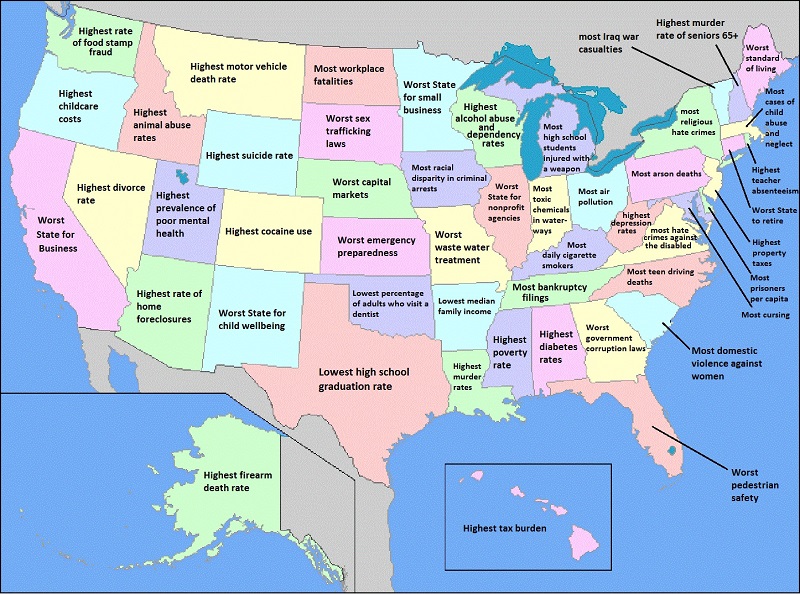



It's a sad fact, but not all cities in the United States are destinations for those looking to make a move in their life. Have it be the crime rate, a cities affinity for natural disasters, or the fact that it was unable to rebuild after an economic crash; not all cities are created equal.
From Danville, Virginia, on the east coast to Lancaster, California, on the west coast, here are some of the most miserable cities in the US.
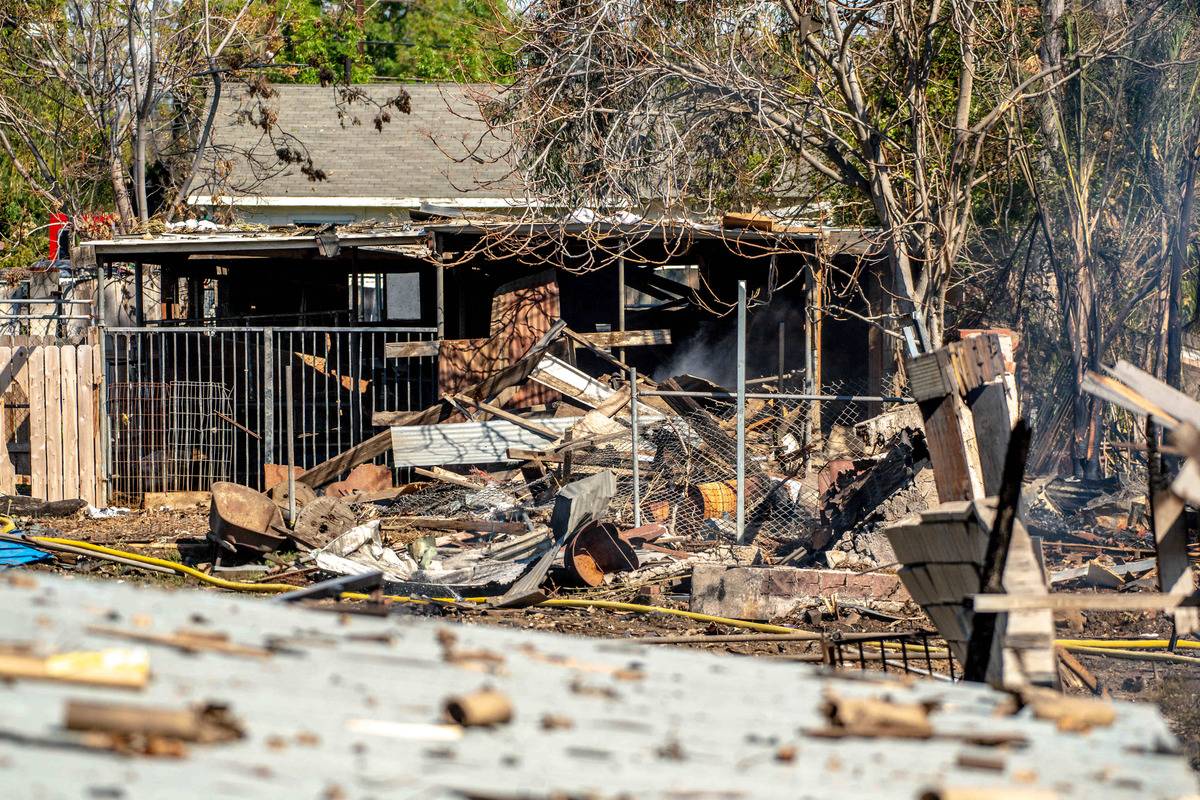
Don't let the state of California fool you; San Bernardino isn't exactly a place to lay down roots. The city is considered one of the most poverty-stricken cities in the US, according to the U.S. Census Bureau, with 30% of its occupants living under the poverty line.
And that's not even taking into consideration the high crime rate; something San Bernardino has struggled with for years. According to the Morgan Quitno Press, this particular California city is one of the most dangerous in the country.
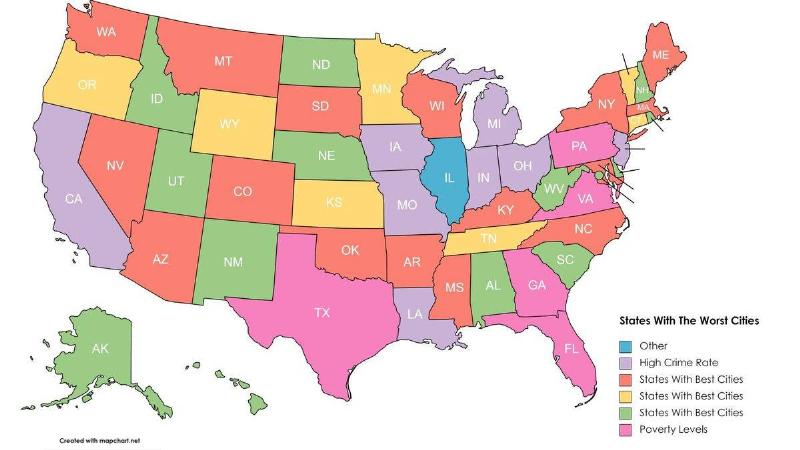
Time hasn't been great to the city of Macon, Georgia. From 2010-2018 the city lost 1.7% of its 153,000 person population. And it's no secret as to why those people wanted to get out of the city.
In Macon, 26% of people are living in poverty with dilapidated homes and overgrown yards. According to some residents who live in the city still, Macon is losing its race against blight, and they don't have the recourses to stop it.

Even in a year like 2021, Pasadena, Texas, is still living back in the times of the Civil War. In the northern part of the city are the Latino people, while the southern-most part of the city houses white families.
Race issues, social class differences, and not to mention the headquarters of the Ku Klux Klan, Pasadena, Texas, isn't even one of the cities that's okay to drive through. It's okay to ditch this one altogether.
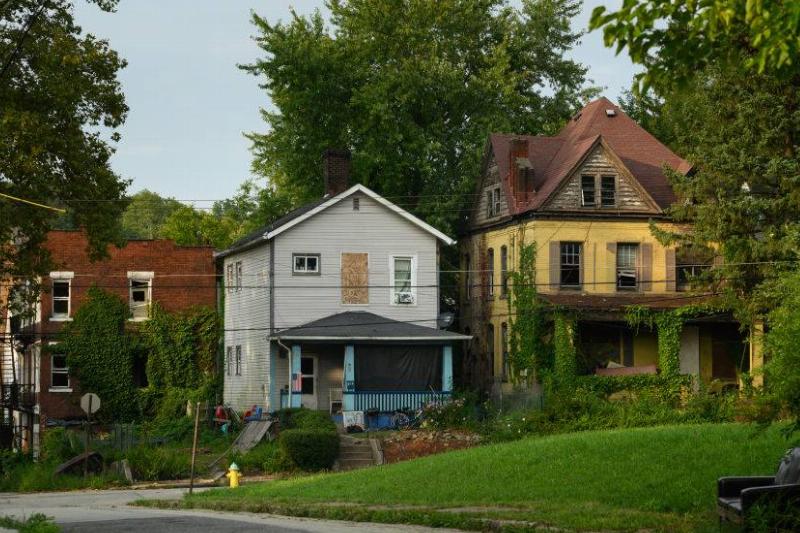
According to the 2010 census, Reading, Pennsylvania, has one of the highest percentages of people living in poverty in a city of more than 65,000 in the entire country, at a solid 36%. The following year, the city of Reading was declared the poorest small city in the US.
After a mass closing of the city's factories and industry, more than 44% of households had to resort to food stamps. Life there cannot be easy.
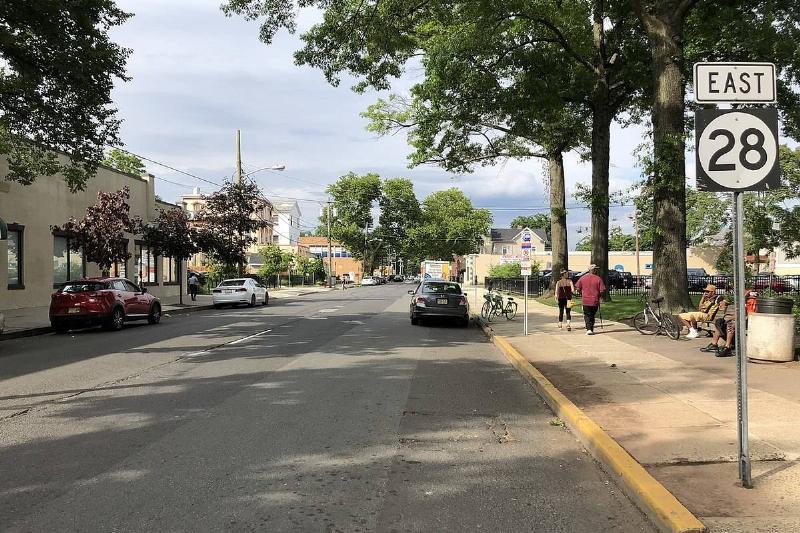
For people who don't like other people, West New York, New Jersey, is not the place to visit. It is estimated that there are 52,800 people per square mile in the whole city, making it one of the more densely populated areas in the country.
Not only that, but the town is growing, even with 22% of the population lying under the poverty line. Even without that percentage, the sheer number of people per square mile sounds miserable.
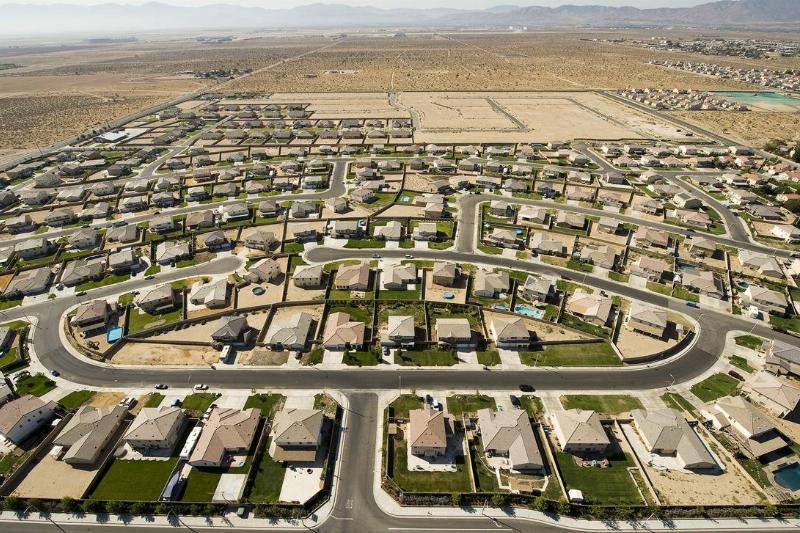
A desert city with a weirdly high population of over 160,000, Lancaster, California isn't what people should think of when they think of the Golden Coast. With little else to do in the secluded area, issues with drug addiction have run ramped and the poverty rate is at a startling 23%.
And while Mayor R. Rex Parris is doing what he can to revamp the city's image, it still has a long way to go. Needless to say, this Lancaster isn't a tourist destination for those visiting California.
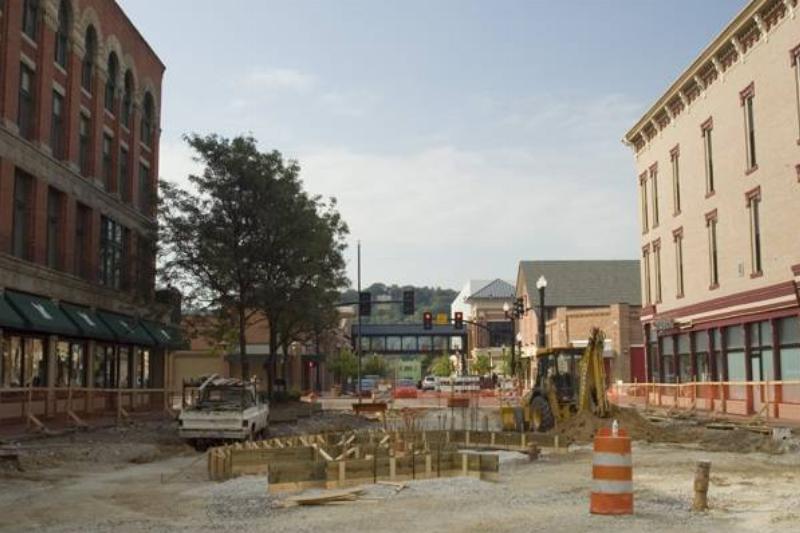
First off, Huntington, West Virginia, is a coal mining town, so the people there are most likely going to have some underlying lung issues, which sounds horrible. On top of that, the city is wildly considered one of the most unhealthy in the country.
According to a Fox News article, more than half of the adults in the area are obese, with the city leading the charge in cases surrounding heart disease and diabetes.
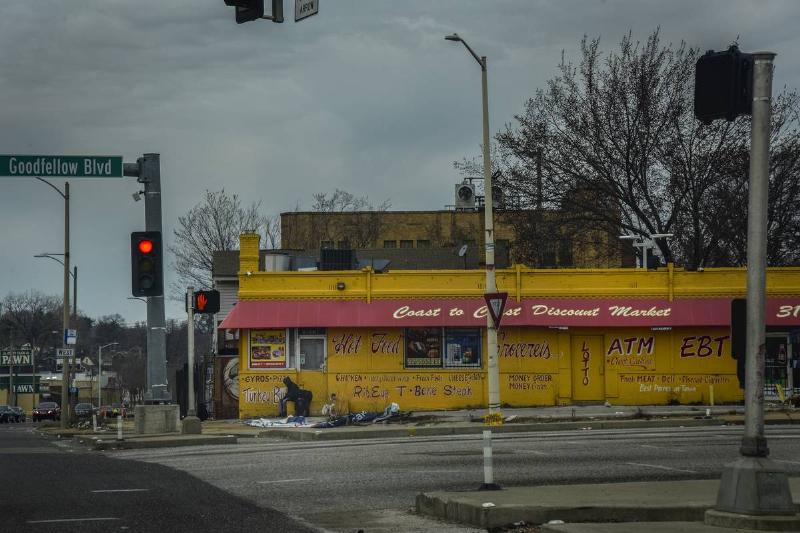
Unfortunately, when it comes to St. Louis, Missouri, crime and the city kind of go hand in hand. The city is stark with gun violence, with gun-related deaths rising 33% since 2015. With that statistic, it's no wonder people are leaving. From 2010-2018, a solid 5% of the city's almost 303,000 people have found homes elsewhere.
While the past and present mayors have been making crime their number one priority, the city is still poverty-stricken and violent, even in 2021.
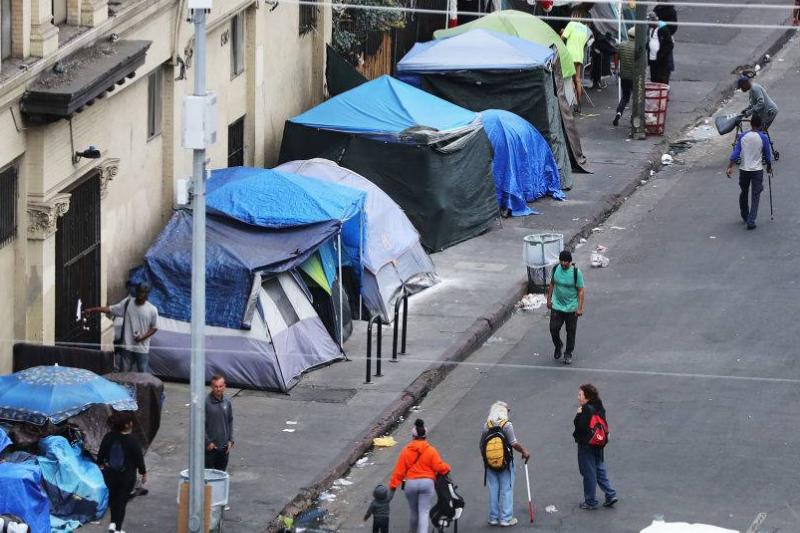
Ever since the 2008 recession, Hemet, California, has gone downhill very fast. Once a promising community, Hemet has around 23% of people living in poverty, even with its low-income housing that has brought people to the city.
Unfortunately, cheap housing sometimes brings not-so-great people, and the crime rate in Hemet has shot through the roof. In 2016 alone, 398 aggravated assaults were logged, 170 robberies were reported, and 623 cars were stolen off the streets. Not exactly a family-friends area. And, hello, it's prone to wildfires!
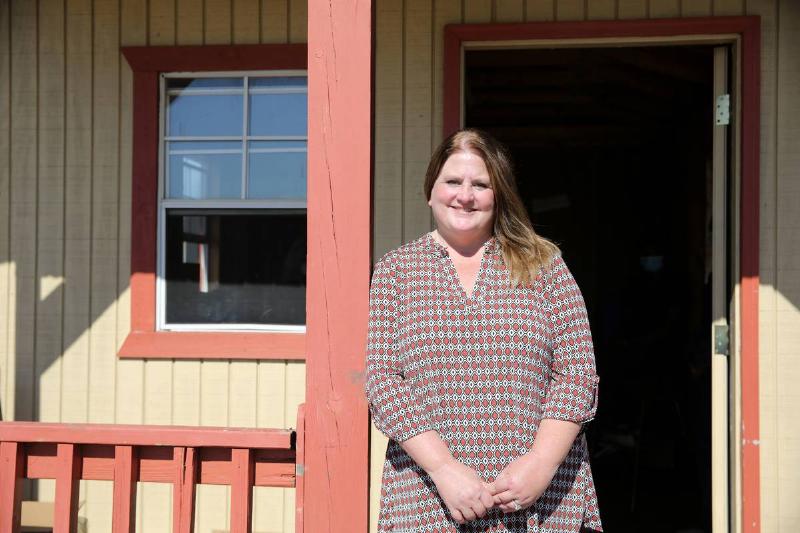
Shreveport, Louisiana, doesn't really have a lot going for it. Aside from its natural beauty, this particular southern city is riddled with crime-related violence, including aggravated assault, something that doubled from 2015 to 2016.
On top of that, the city is prone to flooding from the neighboring Red River, and the 26% of people living in poverty don't exactly have the funds to reconstruct their already delipidated homes and yards.
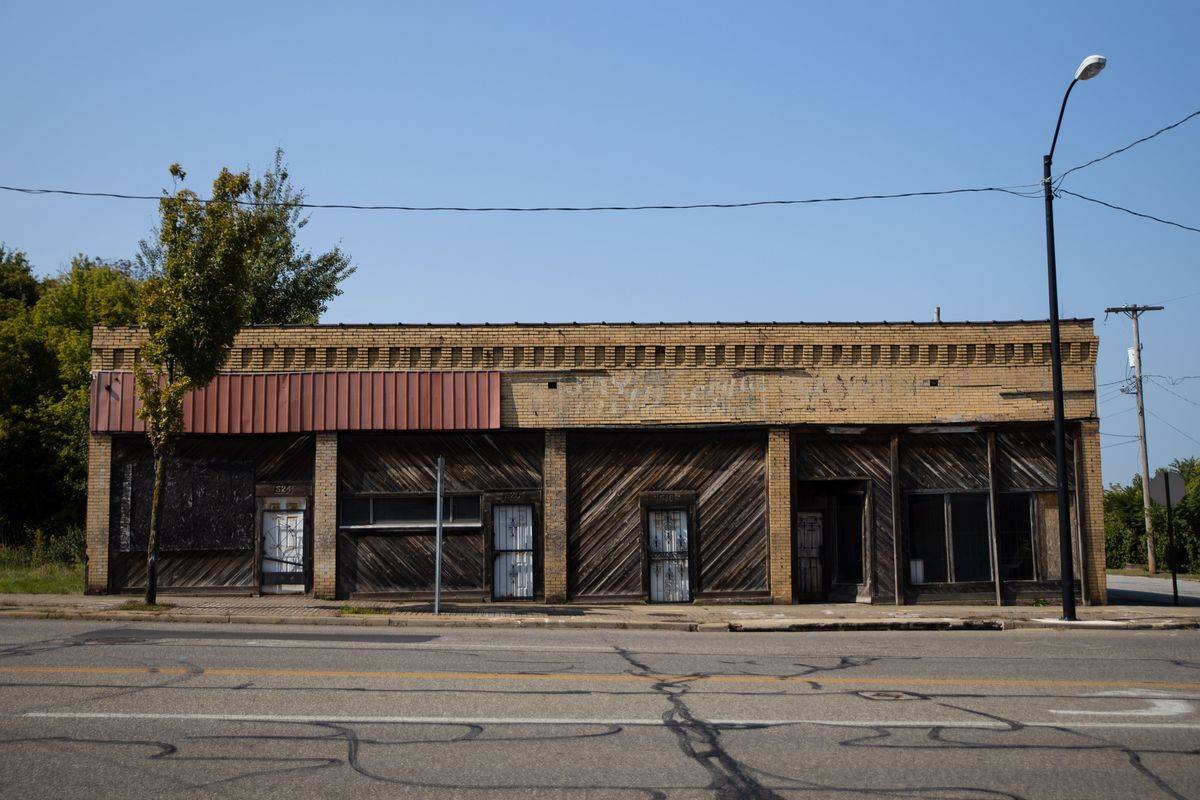
Once a proud steel manufacturing city with a population of 170,000, Youngstown, Ohio, has since become a deteriorating town of 65,000 people. Of those people, a startling 37% live below the poverty line.
Interestingly, Youngstown is also a haven for organized crime and is considered to be pretty corrupt. According to The New Republic, everyone from the chief of police and the force to the county engineer and several defense attorneys is run by the local mob.
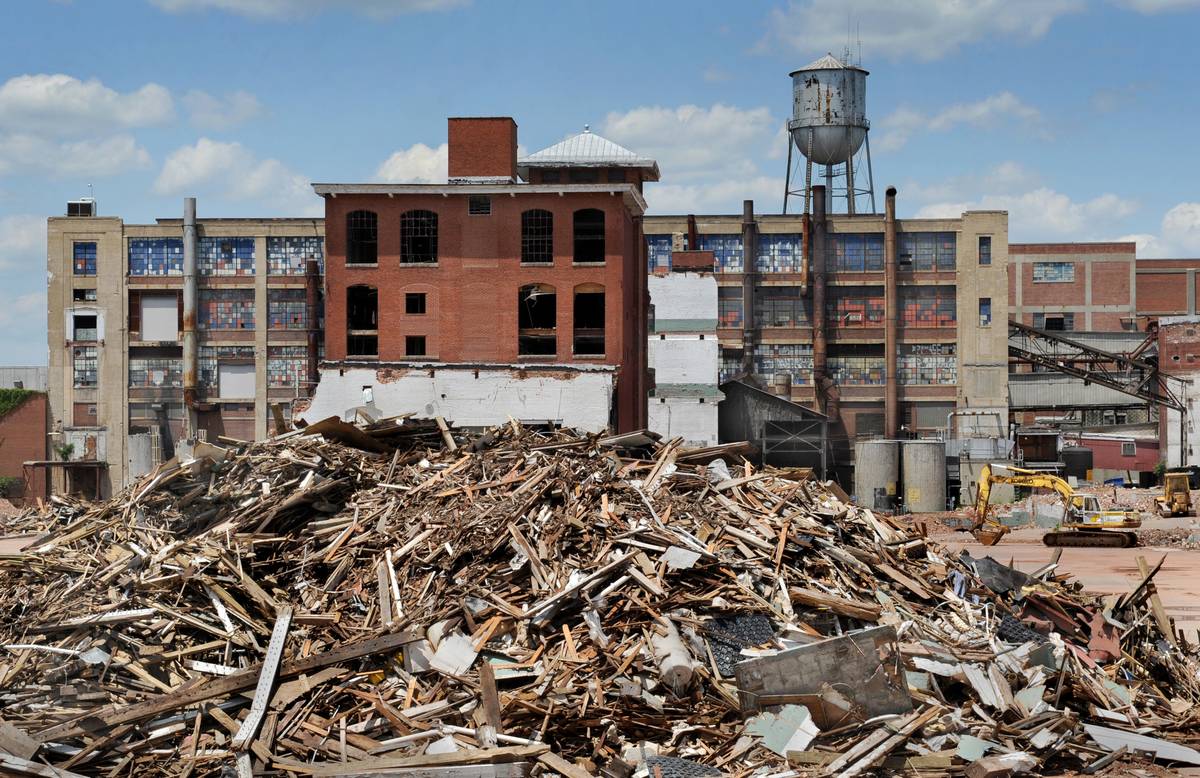
Ever since its tobacco and textile mills shut down, Danville, Virginia, went from one of the richest towns in the Piedmont area to one of the poorest. With 21% of the 40,000 person population now living in poverty, it's no wonder people are looking to move elsewhere.
Between 2010 and 2018, around 5.5% of the population left Danville, looking for work and a new life elsewhere. Thankfully, the town is doing its best to turn things around.
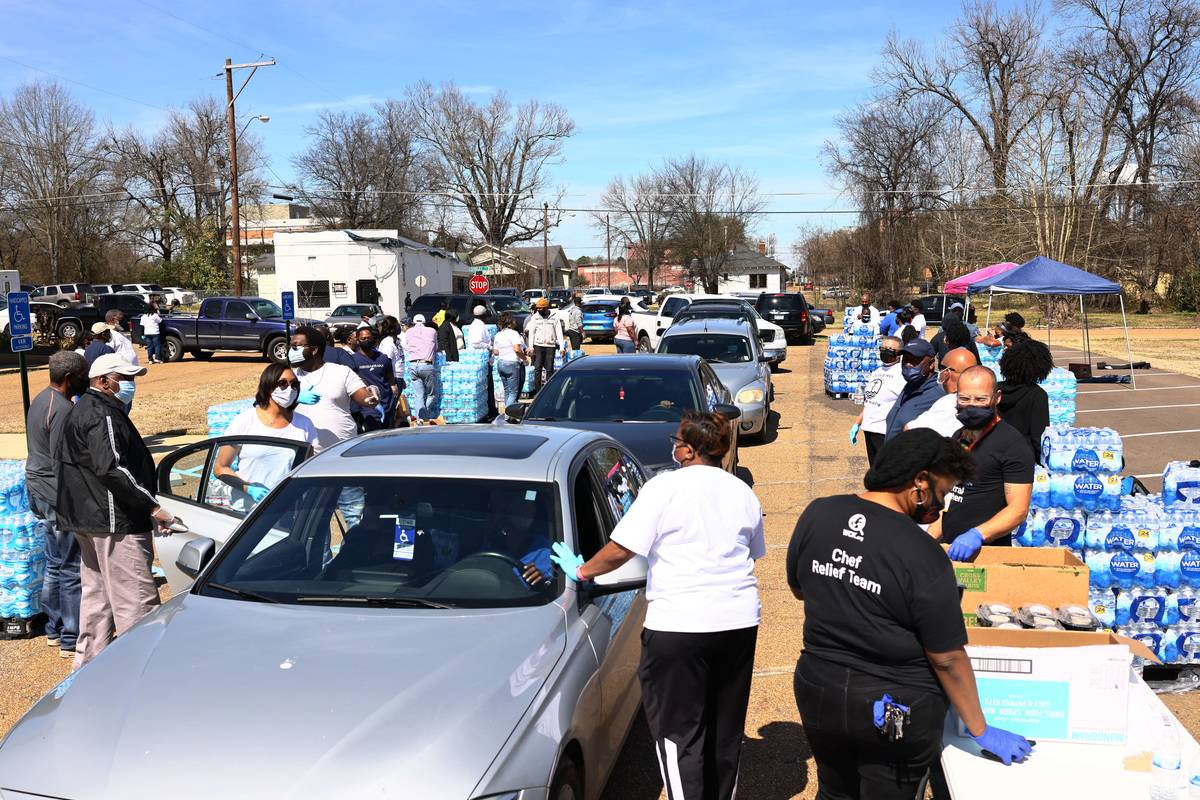
Mississippi might be full of southern charm, but the city of Jackson is just sad to think about. Not only is 29% of the population living under the poverty level, but in February of 2021, more than 20,000 homes were threatened with getting their water turned off due to $45 million worth of unpaid utility bills across the city.
In 2020, the city's homicide rate reached an all-time high with 79.69 homicides per 100,000 residents.
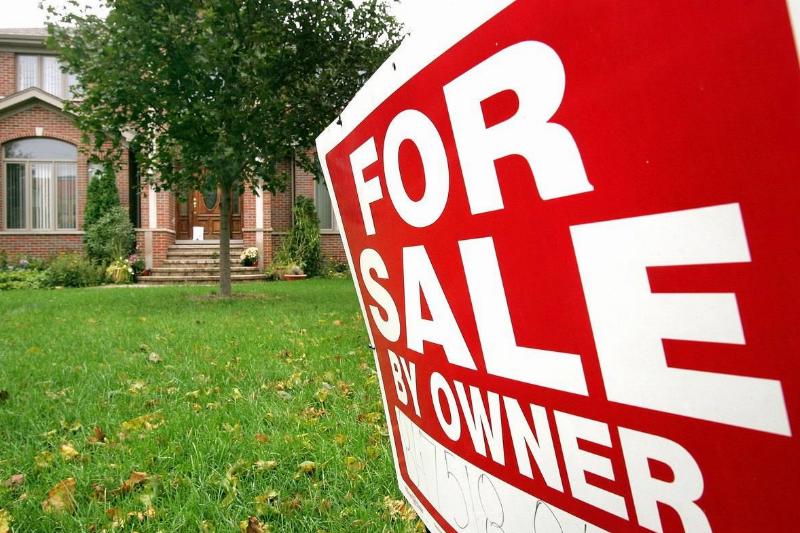
Since the loss of the industrial age of work in Mansfield, Ohio, not to mention the closing of the GM factory in 2010, more and more jobs have been lost, bringing the poverty rate in the city up to 24%.
With people looking for an easy way to put food on the table, the crime rate has surged to an all-time high in the city, too, rising 37% from 2012 to 2017.
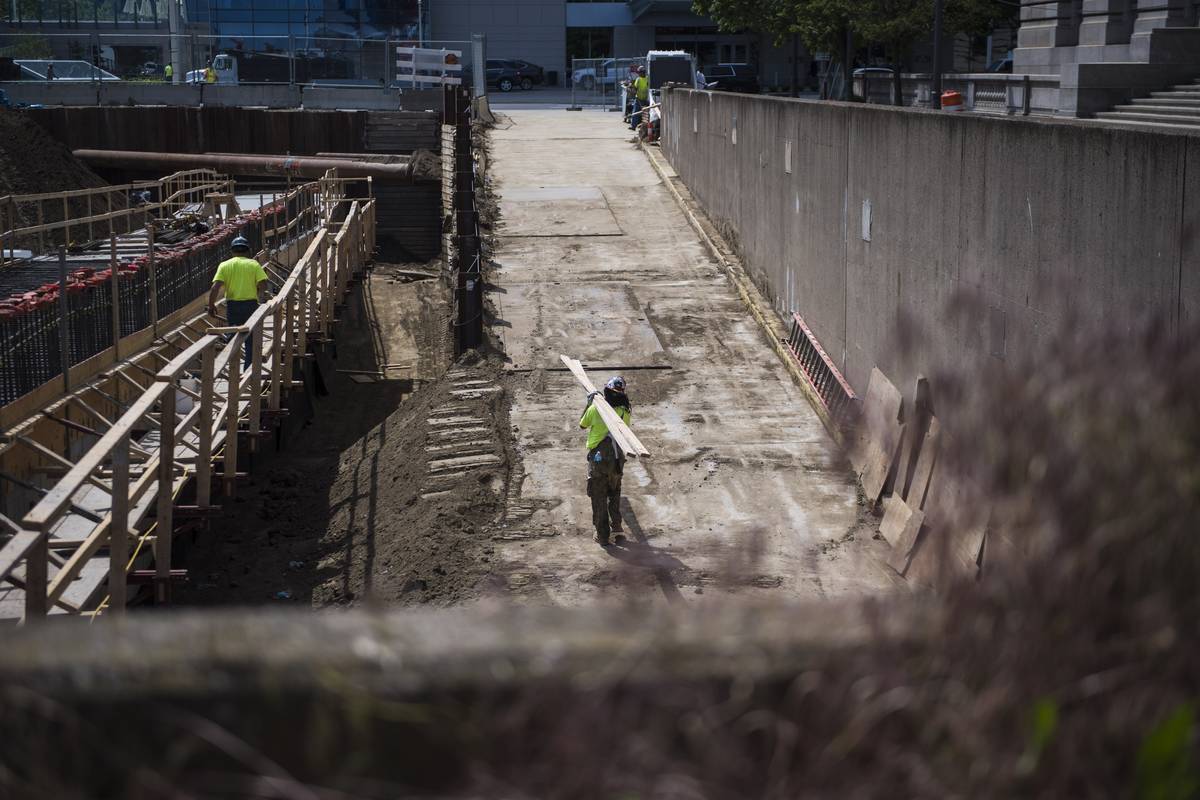
Once considered the "best location in the nation" by businesses, Cleveland, Ohio, has since had a major downturn in appeal. Since losing its manufacturing industry, a solid percent of Cleveland's population lives in poverty, a solid 35%. And the crime rate has also risen, namely gun violence.
And the fact that Forbes named the place one of the most miserable cities in the United States doesn't really do much for Cleveland's character.
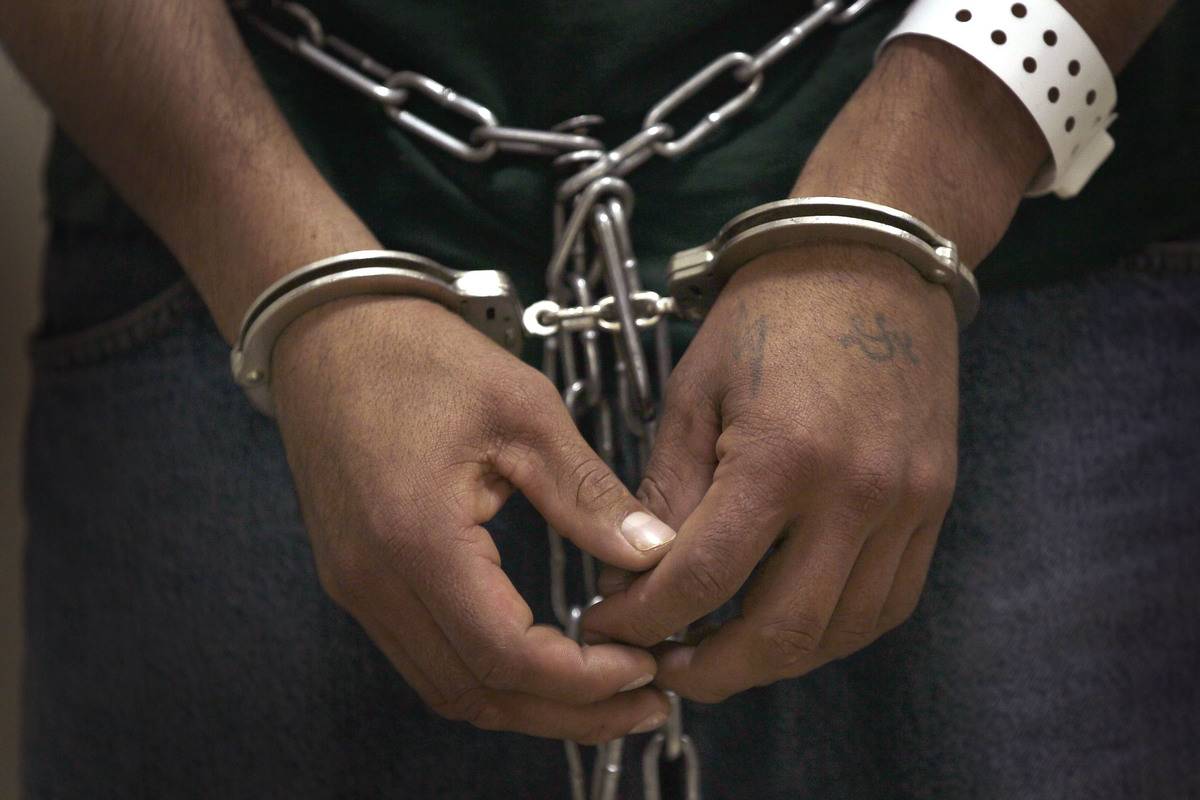
Dry, hot, and known to have little to no rainfall, Harlingen, Texas, isn't for the faint of heart. Not only does around 30% of the population live under the poverty line, but now they're experiencing something that hasn't ever really been a point of worry.
In recent years, Harlingen has experienced an absurd amount of flooding. Call it global warming or call it bad luck, but a good chunk of the estimated 65,000 residents living there don't have easy lives.
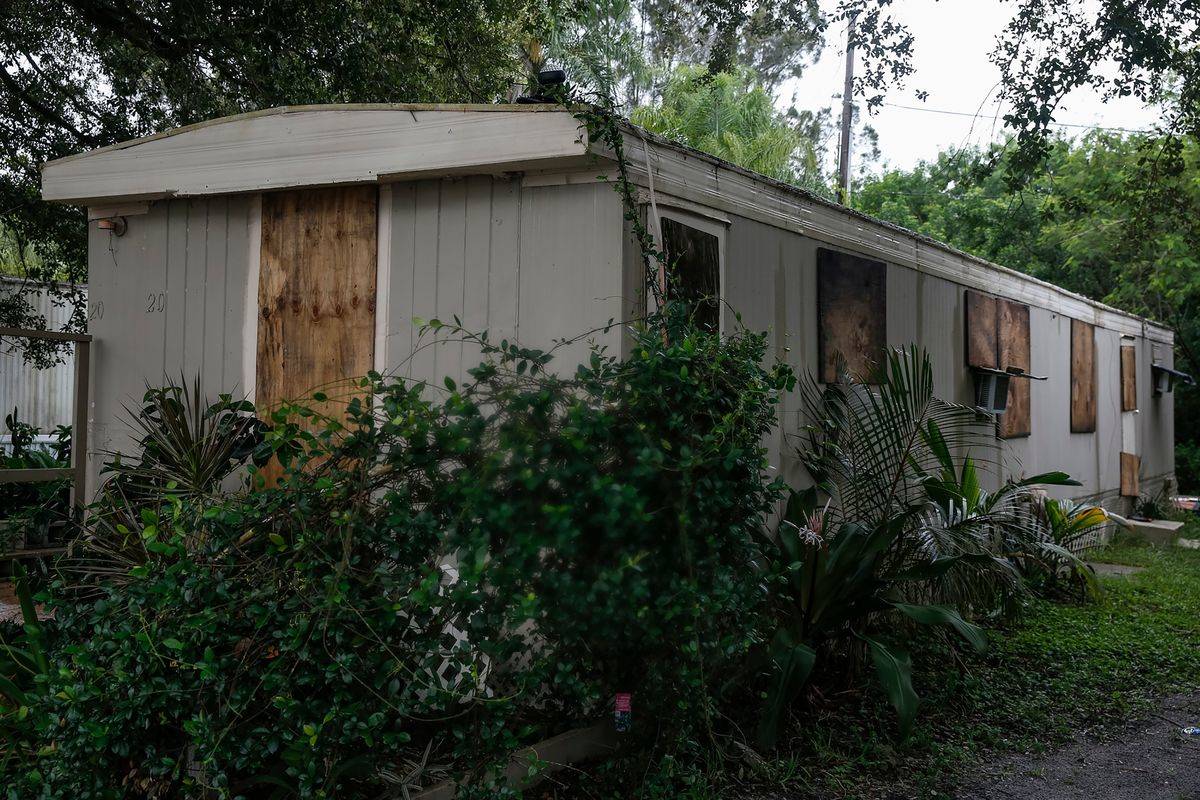
When people think of the sandy beaches of Florida, Fort Pierce doesn't come to mind. not only does 36% of the population live in poverty, but the city has to reapply sand to its beaches every so often because of erosion.
One a prominent citrus farming town, many of the orchards have been shut down due to disease. Now, people are just trying to get by in the tiny hurricane-prone city located between the big cities of Miami and Fort Lauderdale.
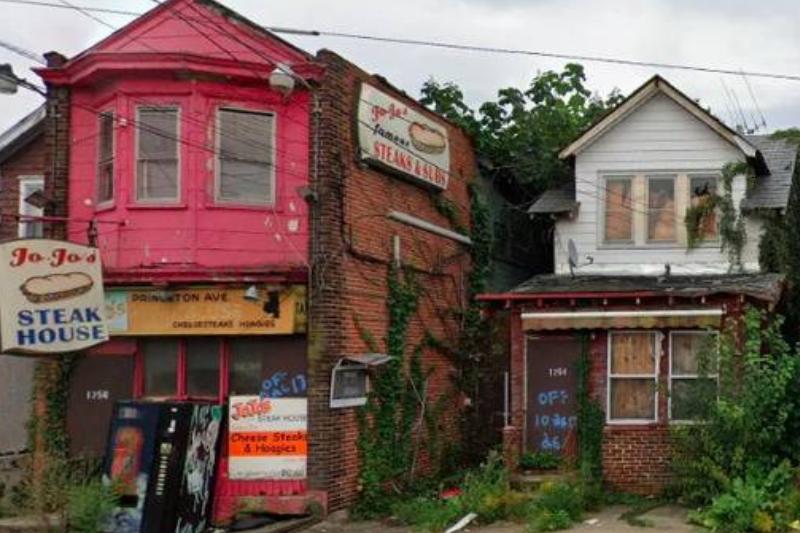
In 2010, Union City, New Jersey, was named the most densely populated city in the country, with 54,138 people per square mile. For people who enjoy precious “me time,” this is one miserable city. Not to mention 23% of the population lives below the poverty line.
Thankfully, Union City has gotten a bit better over the years. In 2015, it was even named one of the best small cities to live in by AARP.
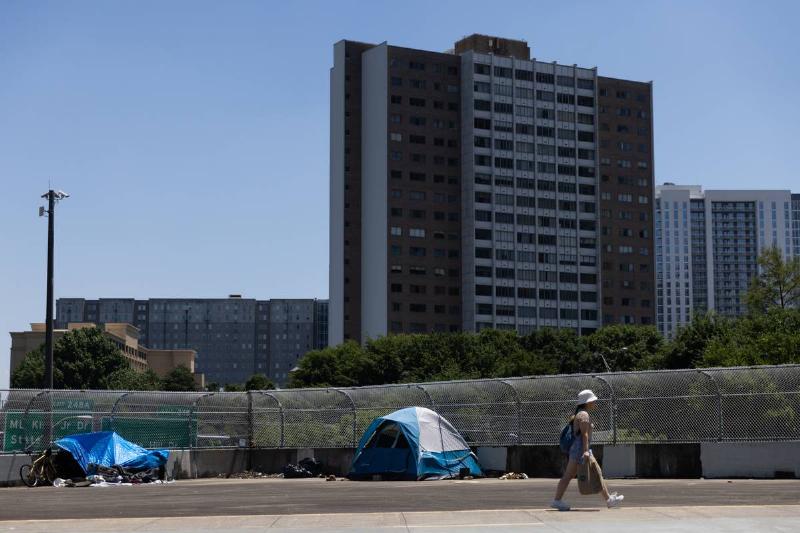
While it might come as a surprise to see Georgia on this list, there is a reason. People tend to visit Georgia, typically Atlanta, but they don't move there. On the contrary, it seems people are trying to leave the state. What it comes down to are expenses.
Governing magazine acknowledged that rent costs were up 28% in the city since 2000, compared to the nine percent raise in other states around the country. In 2018, A HotPads report found that the renting prices were rising three times faster than that of other cities. It’s no wonder people want to find other places to settle down!
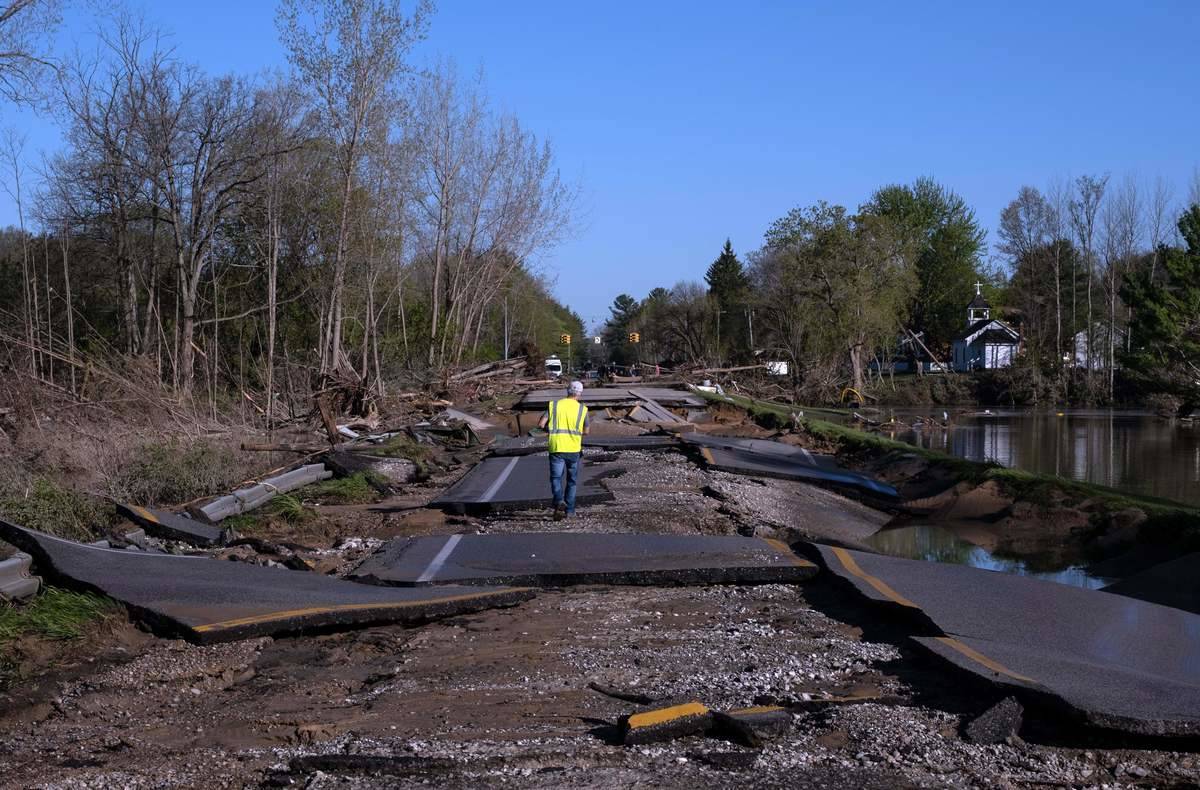
Cold, icy, and was it mentioned it's cold? Saginaw doesn't have the same charm as other cities across Michigan. In the late 20th century, industry throughout the city rapidly declined, leading to a huge surge in unemployment. Now, around 34% of the population lives in poverty.
The city's recent population loss has also given way to urban blight, with people abandoning their homes and criminals using the buildings as their "bases of operation." Saginaw is just a domino effect, with the last piece being overall hardship.
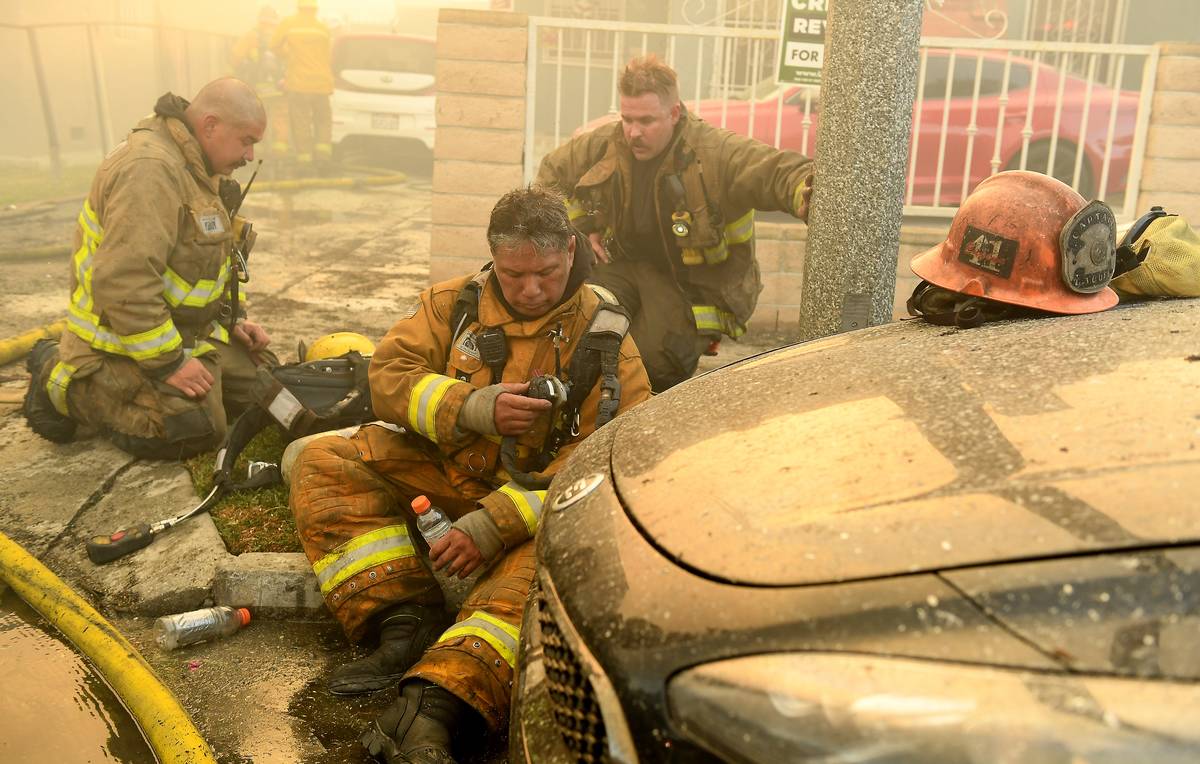
While Compton, California, is in no way as dangerous as it was back in the 1970s, the city still isn't' the greatest and is in no way a place people want to visit on vacation. Riddled with gang violence, a high poverty level of 23%, and a whole lot of unemployment, Compton is arguably one of the more miserable cities in the country.
Of course, people from Compton are loyal to the city to their very core.
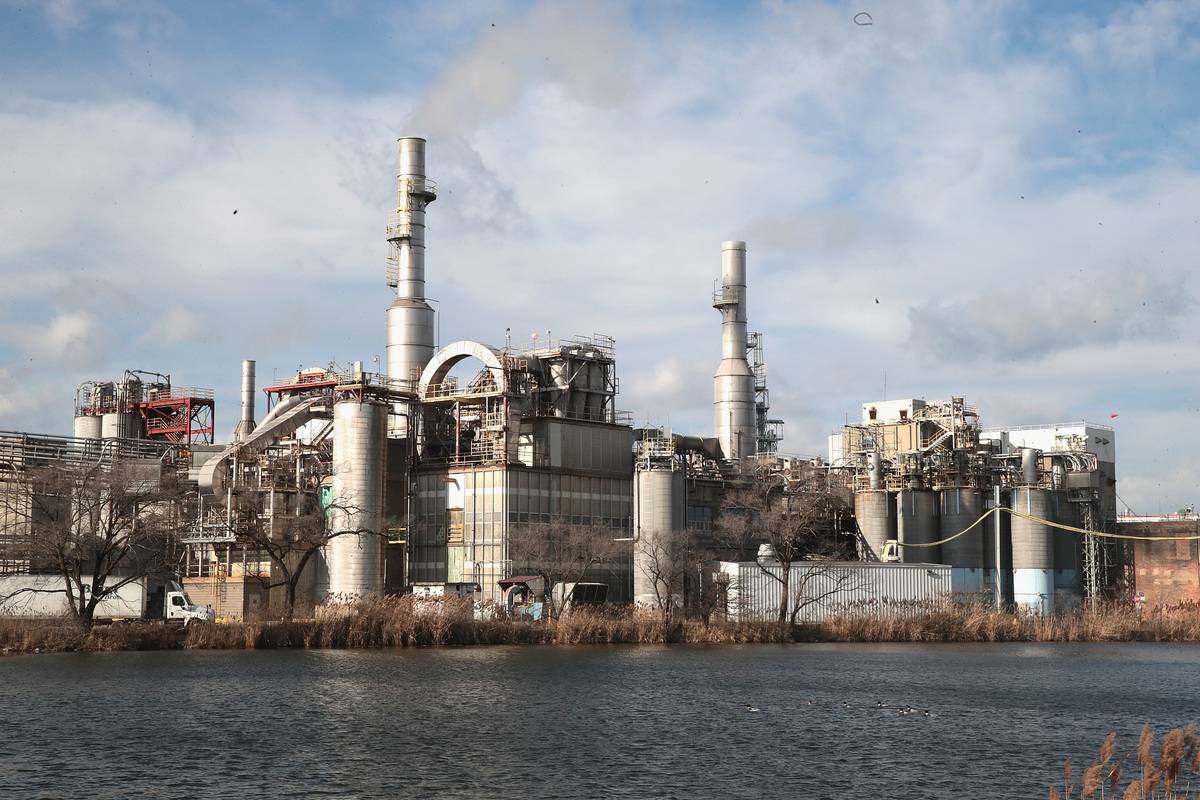
Unfortunately for Hammon, Indiana, the one thing keeping its residence employed is the very same thing that’s making it one of the most polluted cities in the country. Since Hammond came to be, its main focus has been industry, meaning a whole lot of smokey factories.
The thing is, all of the factories have done a number in terms of air and water pollution, a huge concern for the 76,000 people living there.
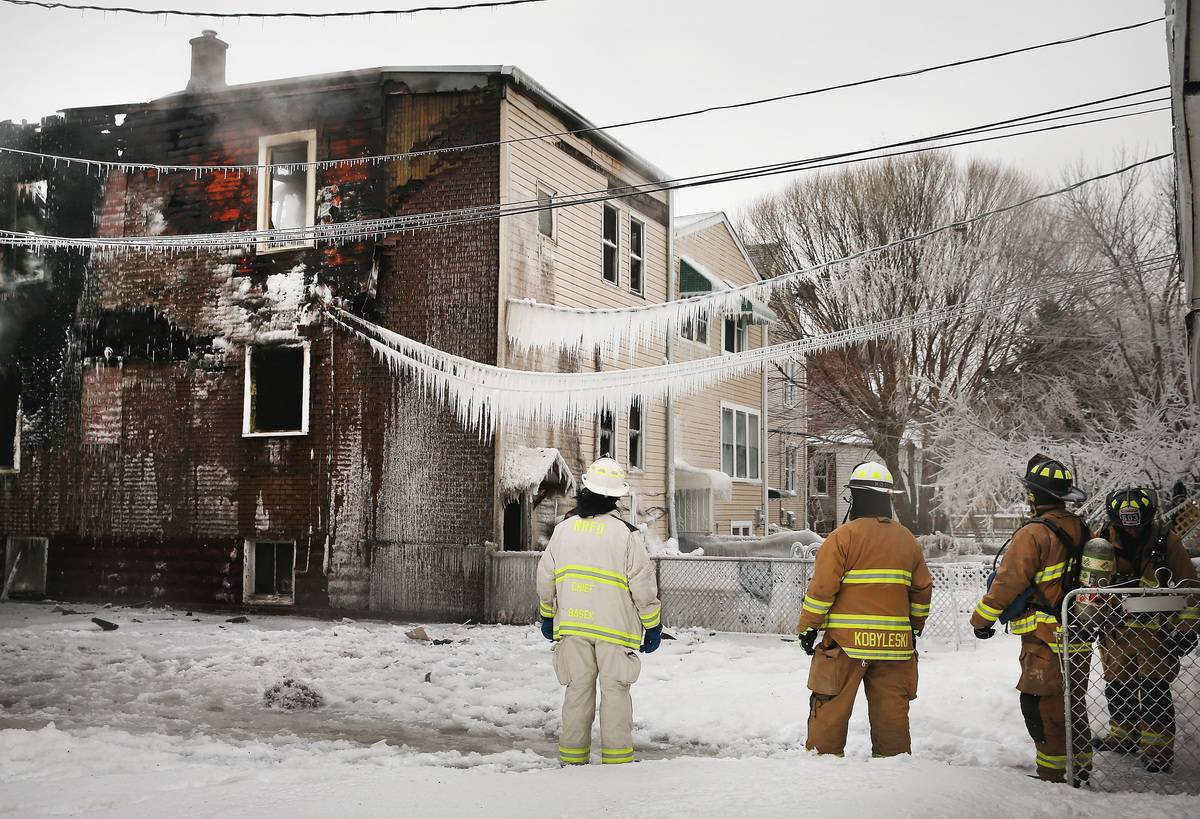
Since the 1920s, when Al Capone used Cicero, Illinois, as “his own private playground,” the city has lived up to the phrase. Known for its long-running issue with government corruption, the most recent scandal should have its 81,500 residents making other living arrangements.
Town President Betty Loren-Maltes took $12 million in funds. He’s currently getting cozy in federal prison. Sorry, but that little mishap is awful for overall town morale and isn't a way to get people to visit or live there.
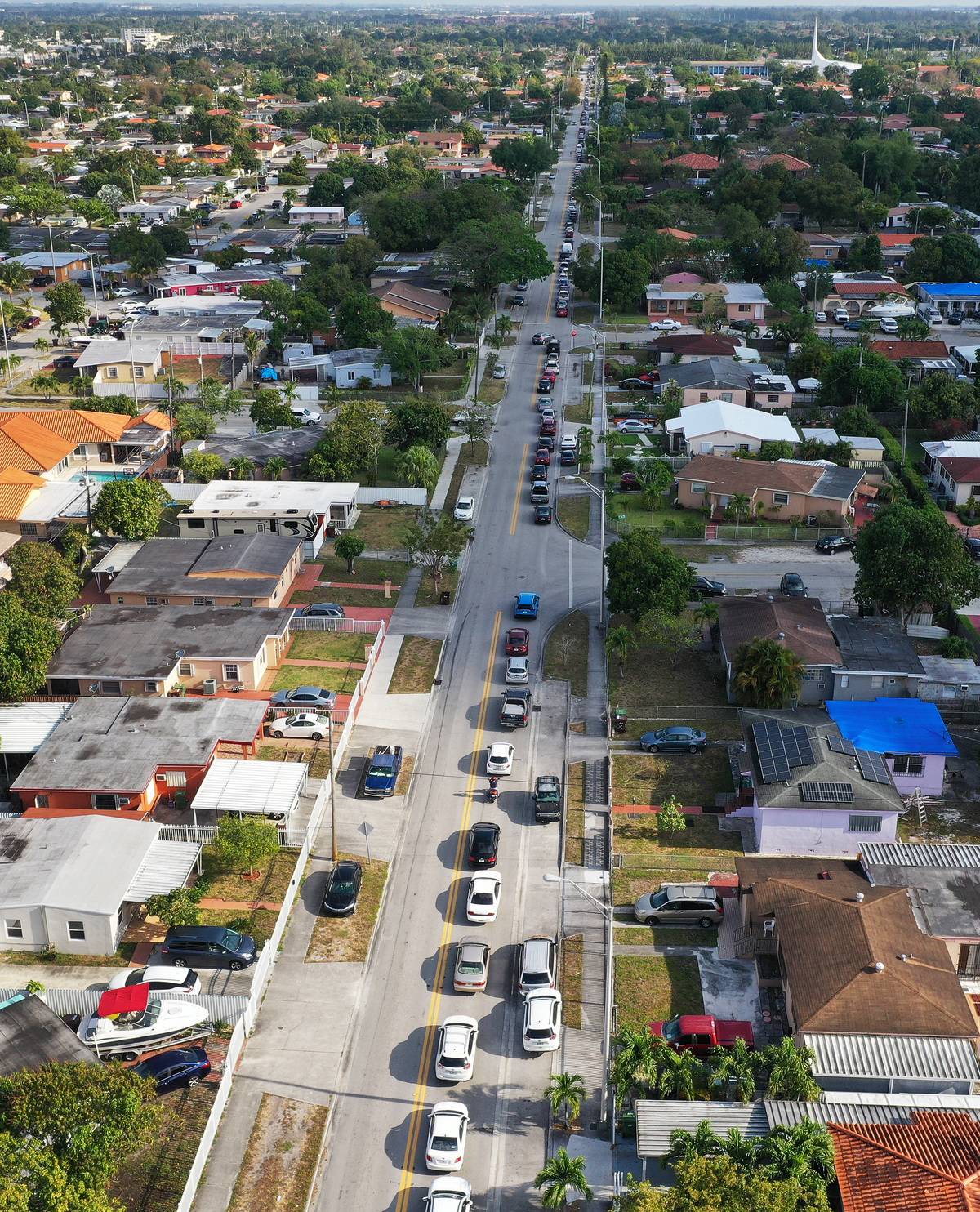
Hialeah, Florida, is a good lesson in “just because a place is located on the coast, that doesn’t mean it is a good or even an active city.” In fact, in 2018, WalletHub went ahead and put together a bunch of finance data, including average monthly fitness club fees, number of fitness centers per capita, and the amount of physically inactive adults, to name a few.
Their result: Hialeah, Florida, is one of the worst cities in the country to have an active lifestyle.
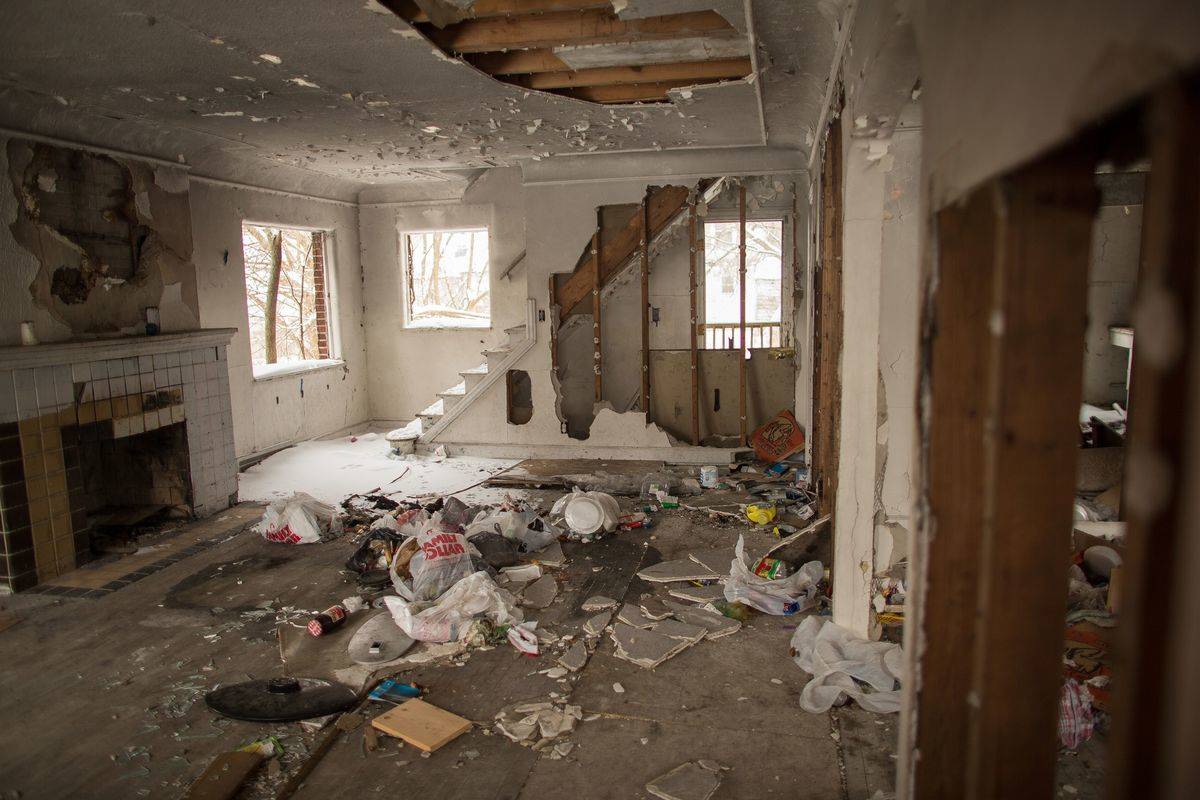
Flint, Michigan, really can't catch a break. In the mid-2000s, it became known as one of the most crime-ridden and dangerous cities in the country. On top of that, from 2002 to 2004 and from 2011 to 2015, the city was under a state of financial emergency.
Now, they're in the middle of a public health emergency due to an outbreak of Legionnaires' disease, a type of pneumonia, and lead-contaminated water.
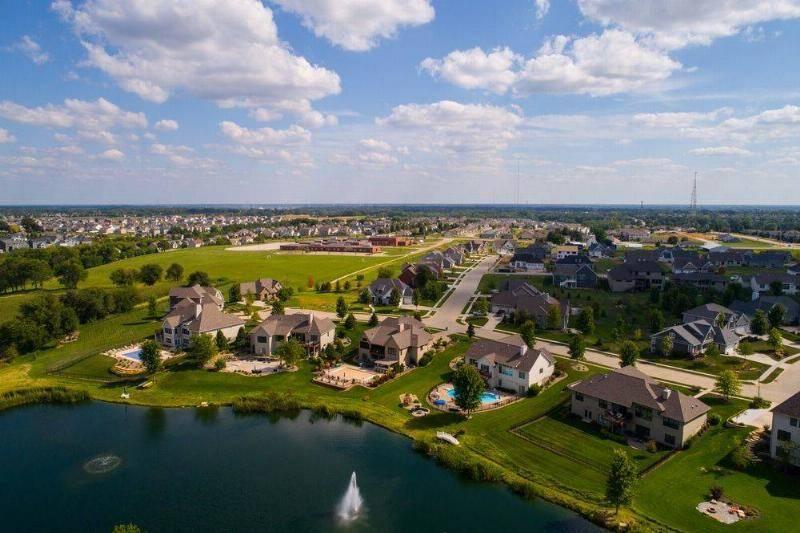
The sunsets over Iowa's cornfields are something to behold, and its job market and cities are continuing to grow, but none of that is keeping residents within the state’s borders. People 44 and younger are leaving Iowa in search of better job opportunities and a lifestyle change, while older people are leaving for retirement.
According to United Van Lines, "68.22 percent are moving out of the state to find employment, while 12.4 percent are leaving for retirement." Then there’s one Reddit user that complained about “the states weather extremes, poorly funded public schools, and crumbling infrastructure, and that Iowa’s is a boring state to live in.”
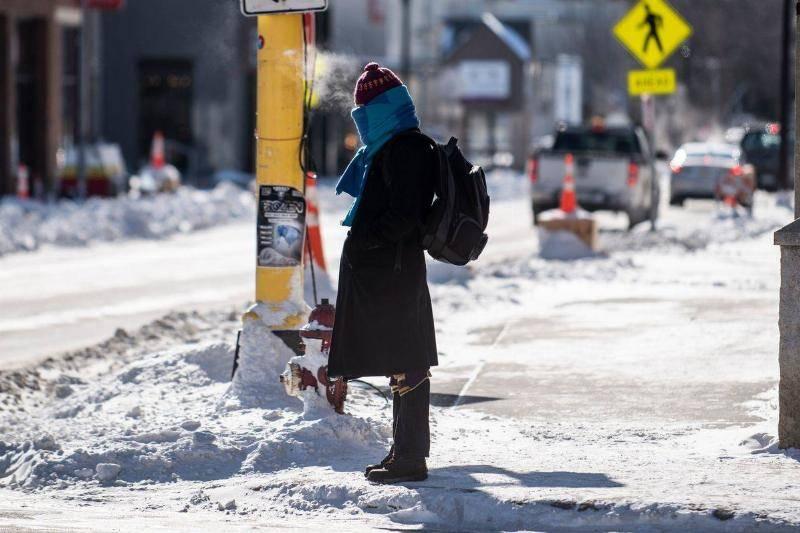
Minnesota is one of those states where you have to love the cold and snow to live there happily since it is one of the chilliest states in the country. The Land of 10,000 Lakes had a nice three-year stretch of people flocking to its frozen landscape, but that came to a halt in 2019. And it's not just because of the weather.
According to 98.1 Minnesota’s New Country, "62.43 percent of people moved out of the state for different jobs. And17.99 percent of people left because of retirement. Everyone knows someone who snowbirds down to a warmer state for the winter!"
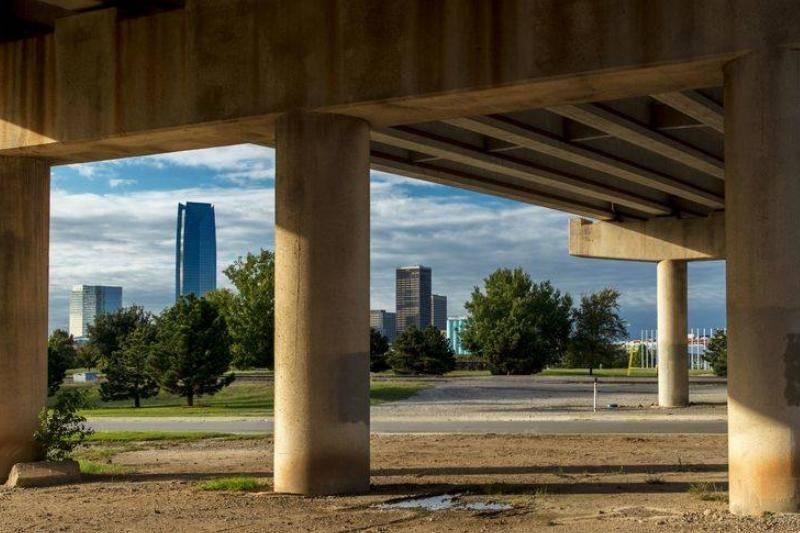
Unfortunately for Oklahoma, Americans are no longer interested in flocking to the state to see its wide-open prairies and forests. The past few years have debunked a ten-year trend of people coming into the state. Now, more people seem to be leaving Oklahoma after college.
Vice president at the Oklahoma City Branch of the Federal Reserve Bank of Kansas City, Chad Wilkerson, says, "that a driving force in recent out-migration from the state has been relatively fewer job opportunities than in some other parts of the country following the oil price drop of 2014-2015."
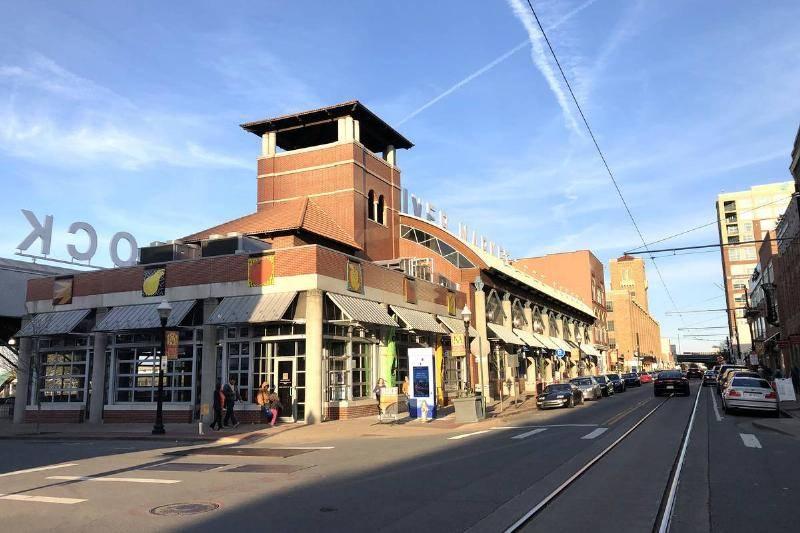
Ironically, Arkansas is known as "The Land of Opportunity," but struggles with poverty and unemployment. While the state boasts beautiful parks, wilderness areas, and a great university, nearly 71 percent of the state's residents flee in search of work.
The Washington Post reported, “[in 2018] the state became the first to require Medicaid recipients to hold jobs, and thousands lost their health insurance in the months that followed. Critics of the Medicaid move say Arkansas doesn’t have enough work to go around.”
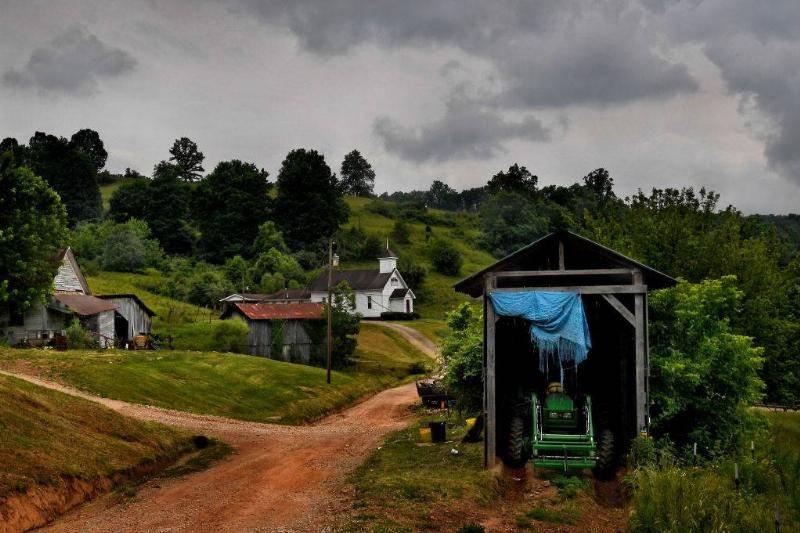
West Virginia attracts visitors with its soaring mountains and flowing rivers, but the dwindling economy has young people flocking to other states. With the state's opioid crisis, the unemployment rate is one of the highest in the country. The ever-decreasing population can’t support businesses that would otherwise expand to West Virginia and make job opportunities.
Director of the Bureau of Business and Economic Research at WVU, John Deskins, says, "population growth is part of making the state attractive to potential businesses. A business has to be confident it’s going to find workers it needs before it locates in an area." This is a vicious cycle.
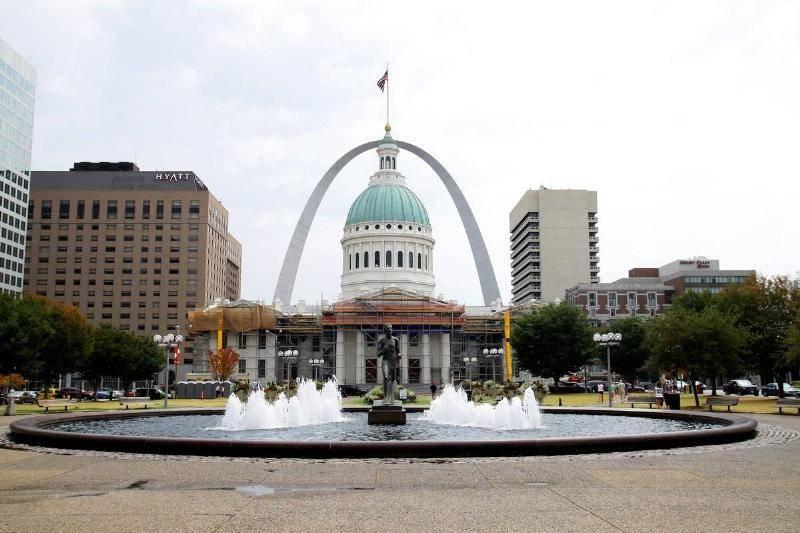
While Missouri is called the "Gateway to the West" due to the huge archway that dominates the skyline, residents seem to move through other gateways and on to other states. The reasons for people leaving the state are simple. With factories closing, there aren't enough jobs.
According to moneywise, “Jobs are the reason behind 63 percent of the moves.” And the Bureau of Labor Statistics states that “factories have been closing around Kansas City, causing that metro area to lose 1.9 percent of its manufacturing jobs over the past year.”

Connecticut's gorgeous beaches, lovely seasons, and charming towns attract many visitors each year, but the residents are hustling to leave. As taxes and the price of living rise and the pothole-littered streets get worse, people close to retirement can’t help but move on out of the state.
Considering the harsh winters and expensive lifestyle Connecticut has to offer, it’s no surprise that older people are looking for a warmer and cheaper living arrangement. According to United Van Lines, "People nearing retirement (ages 55 to 64) are most likely to move out of Connecticut. More than half of those who depart have incomes of $150,000 and up."
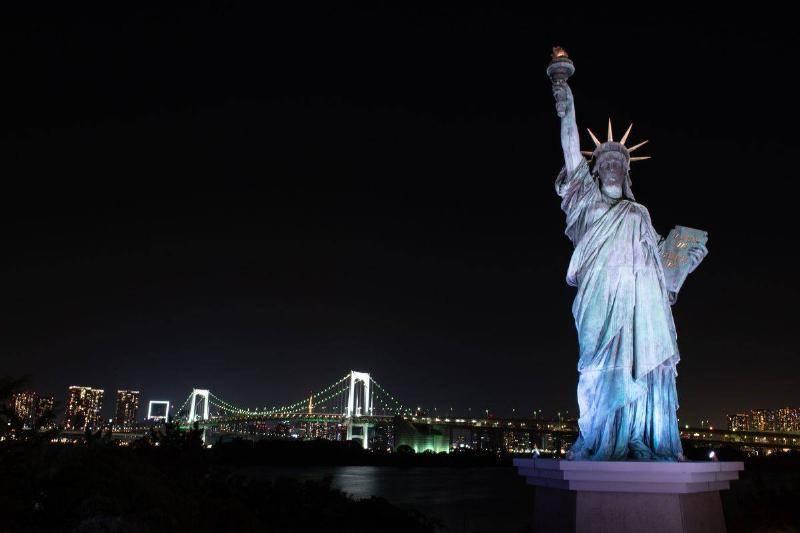
While New York probably offers one of the most unique styles of living in the country, it comes at a high price. All of the food, culture, and busy lifestyle aren't worth the lack of job security in some of the rural towns, or the four-figure studio apartment rent in the city.
And while New York is a great place for young people, others who are trying to start a family flock to more affordable living situations. According to Bloomberg, "close to 300 people move out of New York every day." Now, that stat should tell you something!
According to Governing magazine, “A 2016 poll by Southern Illinois University found that nearly half of Illinois residents wanted to move to another state, citing taxes, weather, ineffective and corrupt local government and a lack of middle-class jobs.”